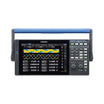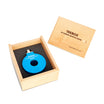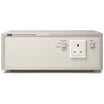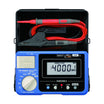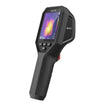
Headphone & Headset Testing Solutions
GRAS offers a broad suite of ready-to-use acoustic test fixtures and ear simulator kits for headphone and headset testing. Together, they cover all testing needs in the complete development and production cycle – from Research and Development (R&D) and Quality Assurance (QA) through Production Engineering (PE) to Production Line (PL) and Quality Control (QC).
R&D and QA
Research and development testing and QA include all testing from early product development through design, validation and Quality Assurance (QA).
Developing new headphones and headsets is not only a question of great sound. Today, the list of requirements is long and complex: Voice recognition, noise cancellation, wireless and Bluetooth Functionality, virtual and augmented reality, etc.
On top of this, they must be fit for use virtually anywhere—and look great too.
GRAS test solutions for R&D and QA cover the complete development process. We offer a wide range of test solutions, ranging from simple and easy-to-use table-top test fixtures (such as 43AG), to state-of-the-art R&D test solutions with Head & Torso Simulators (45BB or 45BC), to production line test fixtures (45CC) that help verify the headphone can be and produced within specifications.
Explore our family of ear simulators, including the new and improved IEC 60318-4-based ear simulators which capable of measuring high frequencies—up to 20 kHz and 50 kHz.
Read our customer case with Meze Audio on high-frequency testing using the GRAS RA0401 coupler here.
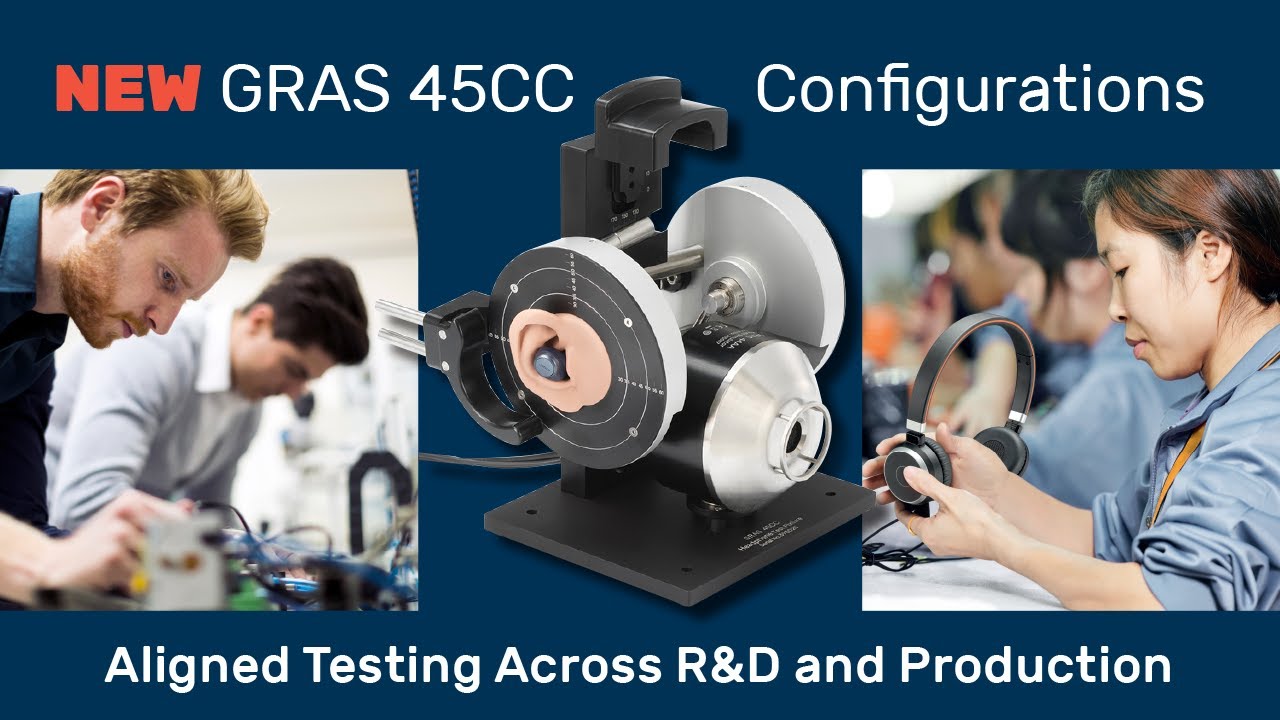
Video
PE
Production engineering (PE) is rarely a separate department but most often a function handled by engineers belonging to either R&D or production line teams.
The PE function is responsible for aligning tests across the entire manufacturing process, determining the best way to test on the PL for the targets set in R&D and ensuring that testing is well defined to meet all test criteria.
A flexible test stand is one of the important elements a production engineer needs in order to develop and refine functional testing for headphones and headsets. As requirements, complexity and operator skill will vary depending on where the test stand is placed, it is important that different test stands and tools are aligned. This could, for example, include advanced R&D test solutions with head and torso simulators like GRAS 45BB and 45BC as well as simpler and easier-to-use test stations such as table-top test fixtures like GRAS 43AG or highly flexible production line test fixtures like GRAS 45CC, which includes many different configurations suitable for multiple test scenarios.
The PE function plays an important role in ongoing productivity improvement by ensuring alignment between R&D and the PL. This alignment involves the process of specifying target test parameters and configuring test stations on the PL to reliably provide the results according to the target specifications defined by R&D. All with the common goal of ensuring data consistency, test efficacy and repeatability from test to test and across multiple test stations.
Check out our family of ear simulators, including the new and improved IEC 60318-4-based ear simulators capable of measuring high frequencies—up to 20 kHz and 50 kHz.
PL and QC
Production line and QC testing ensure that the actual production matches the target quality and that no sub-standard samples hit the market.
Test equipment must provide repeatable and precise measurements every day to ensure that headphones and headsets that do not meet specifications are not delivered to the end users.
The complexity of test setups increases as the number of features increase. Also, it is important to ensure the quality of the measurements: Data consistency and repeatability from one test to the next and across multiple testing locations.
Downtime and low yields are no-go’s on production lines, and this is why the products offered by GRAS for PL and QC testing have been developed in close collaboration with leading companies in the global headphone and headset industry.
Check out our family of ear simulators, including the new and improved IEC 60318-4-based ear simulators capable of measuring high frequencies—up to 20 kHz and 50 kHz.
Read our customer case with GN Audio on test solutions using GRAS equipment here.
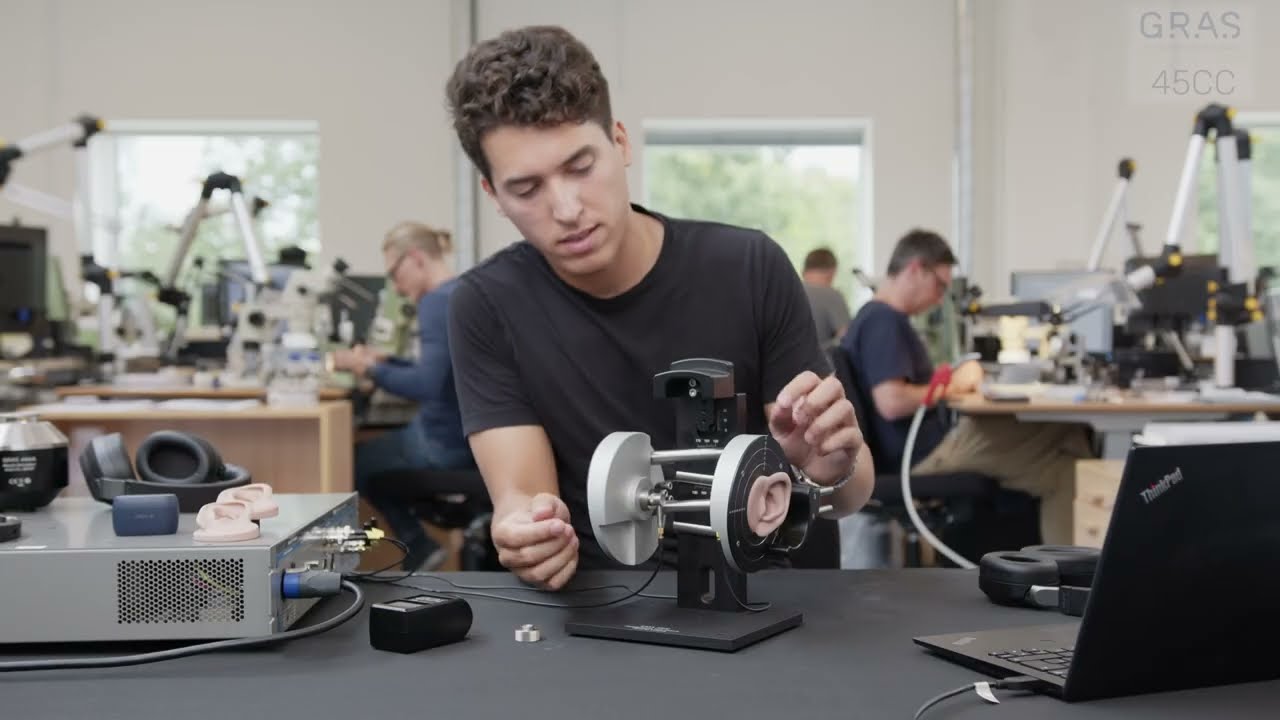
Video
Test Types
What type of testing are you looking for?
At GRAS, we distinguish between four test types: Standard tests, low-noise tests, high-frequency tests and hi-res tests. The standard tests do not allow for low-noise testing or testing at frequencies above 10 kHz, which is why we offer equipment for testing at high frequencies or low levels.
Standard Testing
Standard testing is simply testing according to standards: IEC 60268, IEC 60318-1, IEC 60318-4 and ITU-T Rec P.57, etc. Standards define how testing should be done , and constantly evolve based on the evolution of products. This is why we have developed several improved test solutions, including a number of improved IEC 60318-4 compliant or compatible ear simulators for low-noise, high-frequency and Hi-Res testing.
Low-noise Testing
A low-noise system allows for testing down to or close to the threshold of human hearing—a must if you want to test for noise from the electronics of ANC and Bluetooth-enabled headphones. Low-noise testing is typically done in order to reduce unwanted hiss noise from the electronics which otherwise can only be identified by subjective listening. This is typically done in the early stage of the product development, the R&D phase. GRAS low-noise systems for headphone testing use an ear simulator similar to that described in 60318-4, but equipped with a low-noise microphone in combination with the 43BB low-noise system.
High-frequency Testing
We define high-frequency testing as testing up to 20 kHz. This can be done using microphone-based solutions or solutions with the improved 60318-4-compliant high-frequency ear simulator, which is fully compliant with the standard but extends the frequency range to 20 kHz. Full IEC 60318-4 compliance, extended frequency range, improved distortion measurements, and improved repeatability make it a logical first choice when choosing an ear simulator-based measurement solution. This is why we recommend it as ”the new normal”—the natural successor to the well-proven 711 ear simulator.
Hi-res Testing
Testing Hi-res audio capable headphones requires solutions that can test up to 40 kHz and beyond. Test solutions with ¼″ microphones can be used, but solutions that present the test object with the acoustical impedance of a real ear below 10 kHz are often preferable. Our Hi-res ear simulators offer realistic acoustical load of the test object, IEC 70318-4 compatibility, improved repeatability, and a frequency range that goes to 50 kHz and beyond. The only tradeoff is lower sensitivity, and therefore an increased noise floor.


